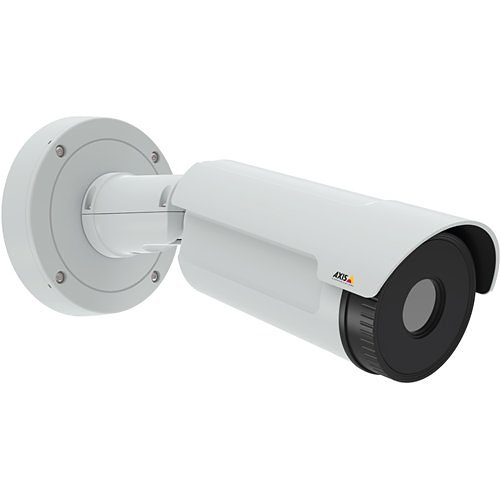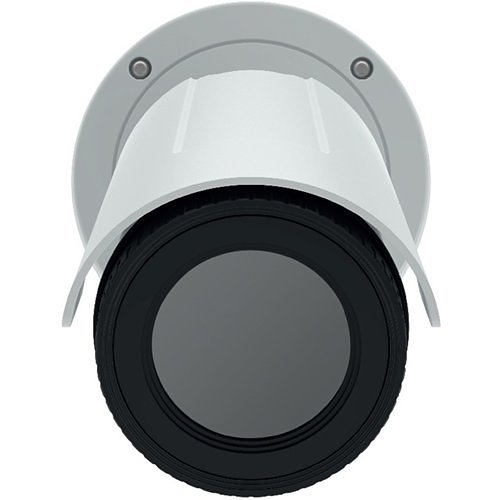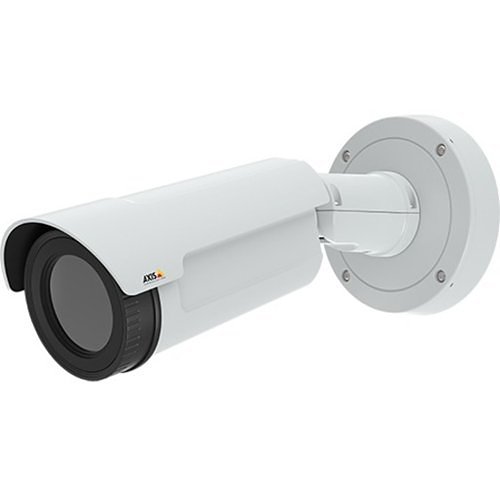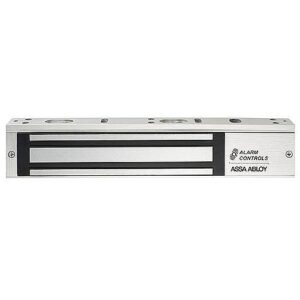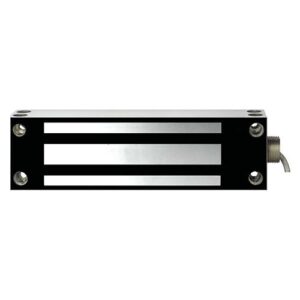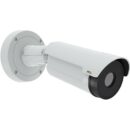Description
The AXIS Q1942-E is designed for precise detection, rapid verification, and decisive action in diverse lighting conditions, from complete darkness to intense sunlight, making it ideal for critical surveillance scenarios.
**A Video Analytics Powerhouse**
The AXIS Q1942-E features a robust processor that enables integration with a wide array of advanced video analytics solutions. Applications from Axis and its partners enhance the response to detected events by analyzing and automatically filtering out non-threatening incidents while immediately alerting security personnel to potential threats. This allows operators to access sharp, detailed footage for accurate threat assessment and response.
**Wide Coverage and Detailed Clarity**
The AXIS Q1942-E provides VGA 640×480 thermal resolution, offering expansive area coverage and long-range capabilities. A single camera can monitor large sites and distant activities. Leveraging dynamic histogram equalization, enhanced local contrast, and dynamic sharpening, the camera delivers high-contrast, detailed video in any condition. Electronic image stabilization ensures steady visuals despite vibrations, resulting in exceptional detection and verification of events, minimizing false alarms.
**Enhanced Detection with Thermal Precision**
Thermal cameras paired with video analytics effectively identify intruders or anomalous activities in monitored zones. The AXIS Q1942-E’s advanced automatic gain control ensures a steady background, reducing false alarms even with altering backgrounds involving shifting large cold/hot objects. This technology diminishes the impact of hot background objects, further enhancing detection accuracy. By preserving more image details and compensating for overexposed regions, the thermal camera achieves superior video analytics performance.
**Efficient Bandwidth and Storage Use**
The AXIS Q1942-E utilizes Axis’ Zipstream technology, optimizing storage and bandwidth without sacrificing image quality. It selectively compresses less crucial areas more than those with significant activity. This approach is especially advantageous in high-security environments where thermal cameras are employed, facilitating efficient data management without compromising detail.

